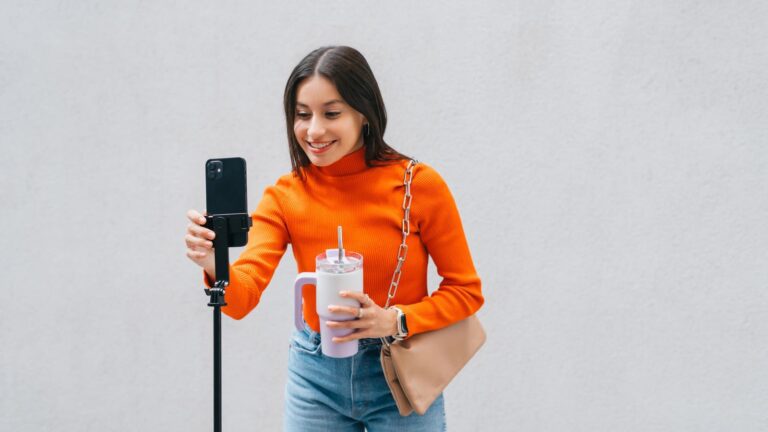Influencer Pricing: Understanding the Dynamics of Brand Size
In the realm of influencer marketing, pricing structures can vary significantly based on a multitude of factors, with the size of the brand being a crucial element. Creators often find themselves adjusting their rates depending on whether they are working with a global corporation or a local coffee shop, all while striving to maintain fairness in compensation.
The Pricing Challenge
Creators frequently encounter a unique challenge when determining their rates for brand collaborations. For instance, what a creator charges a multi-billion dollar enterprise will typically differ greatly from their quote to a small, local business. This disparity is often influenced by the varying budgets and resources available to different brands.
Small business owners can find influencers’ fees daunting. A notable example is creator @abbyrosecases, who shared her reaction to a $50,000 quote for a single post on TikTok, captioning it, “I couldn’t even afford 1/50th of that.” This illustrates how even modest rates may feel overwhelming to small enterprises operating with tight budgets.
Insights from Influencers
Aria Kim | @techwitharia
Tech influencer Aria Kim emphasizes that her pricing strategy encompasses both the size of the brand and the specific partnership details. “Larger brands usually have dedicated marketing funds, so my rates reflect that,” she explains. To accommodate smaller businesses, Aria adjusts the content format or reduces the number of deliverables, ensuring her work remains valued.
Transparency plays a critical role in Aria’s pricing approach. She recommends creators inquire about the brand’s budget upfront rather than presuming affordability issues.
Kaia Isbell | @northmetroeateries
Food creator Kaia Isbell notes distinct differences in initial communications with brands. Small businesses often express a willingness to negotiate, while larger corporations tend to have precise requirements from the outset. Kaia is willing to offer substantial discounts to brands she passionately supports, sometimes up to 90% off her standard corporate rates.
However, Kaia is vigilant about potential red flags, such as a brand’s unfamiliarity with her work or unrealistic deliverable expectations in exchange for inadequate compensation. She encourages longer-term partnerships that provide consistent exposure for small businesses, furthering sustainability.
Tomi Obebe | @goodtomicha
Tomi Obebe approaches pricing with caution, recognizing that small businesses are often still learning about influencer marketing. She generally charges smaller brands approximately 50% less than her corporate rates. Nonetheless, Tomi avoids collaborations that are overly labor-intensive without proper compensation. She insists on community engagement for pricing insights, emphasizing the importance of knowing what other creators have received.
Megan Varela | @meganelisevarela
Megan Varela, a travel influencer, stresses the importance of brand size in setting rates. She charges about a third of her standard rate for local businesses, sometimes proposing payment plans to ease any financial strain. Megan highlights the significance of communication and respect in all partnerships, urging creators to provide metrics to demonstrate their value to brands.
The Importance of Flexibility and Fair Compensation
The landscape of influencer marketing reveals that there is no uniform pricing model; rather, rates are influenced by brand size among other factors. While many creators are open to adjusting their fees for small businesses, there remains a commitment to being compensated fairly for their expertise and content creation. Clear communication and mutual respect are essential in fostering successful partnerships in the creator economy.


